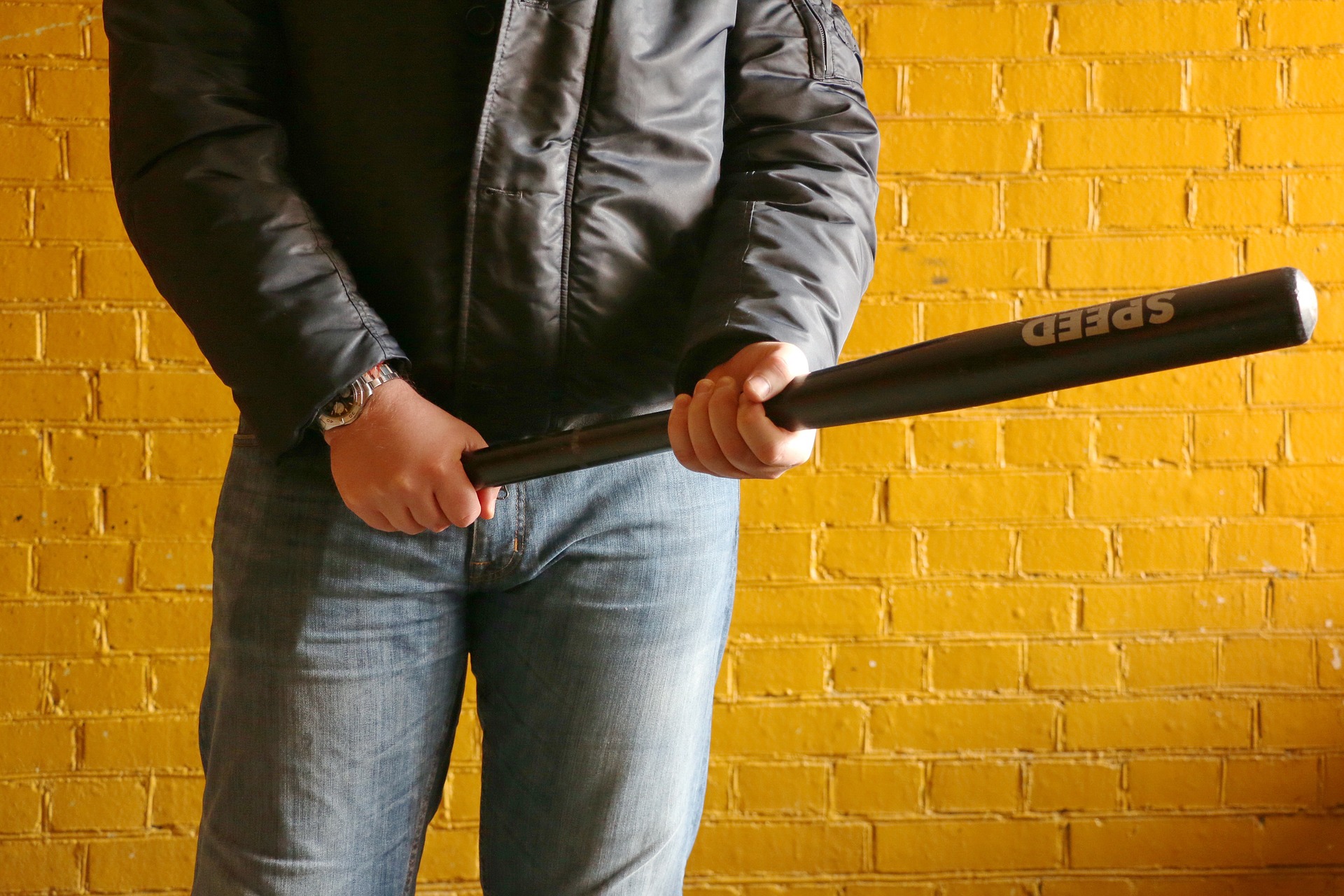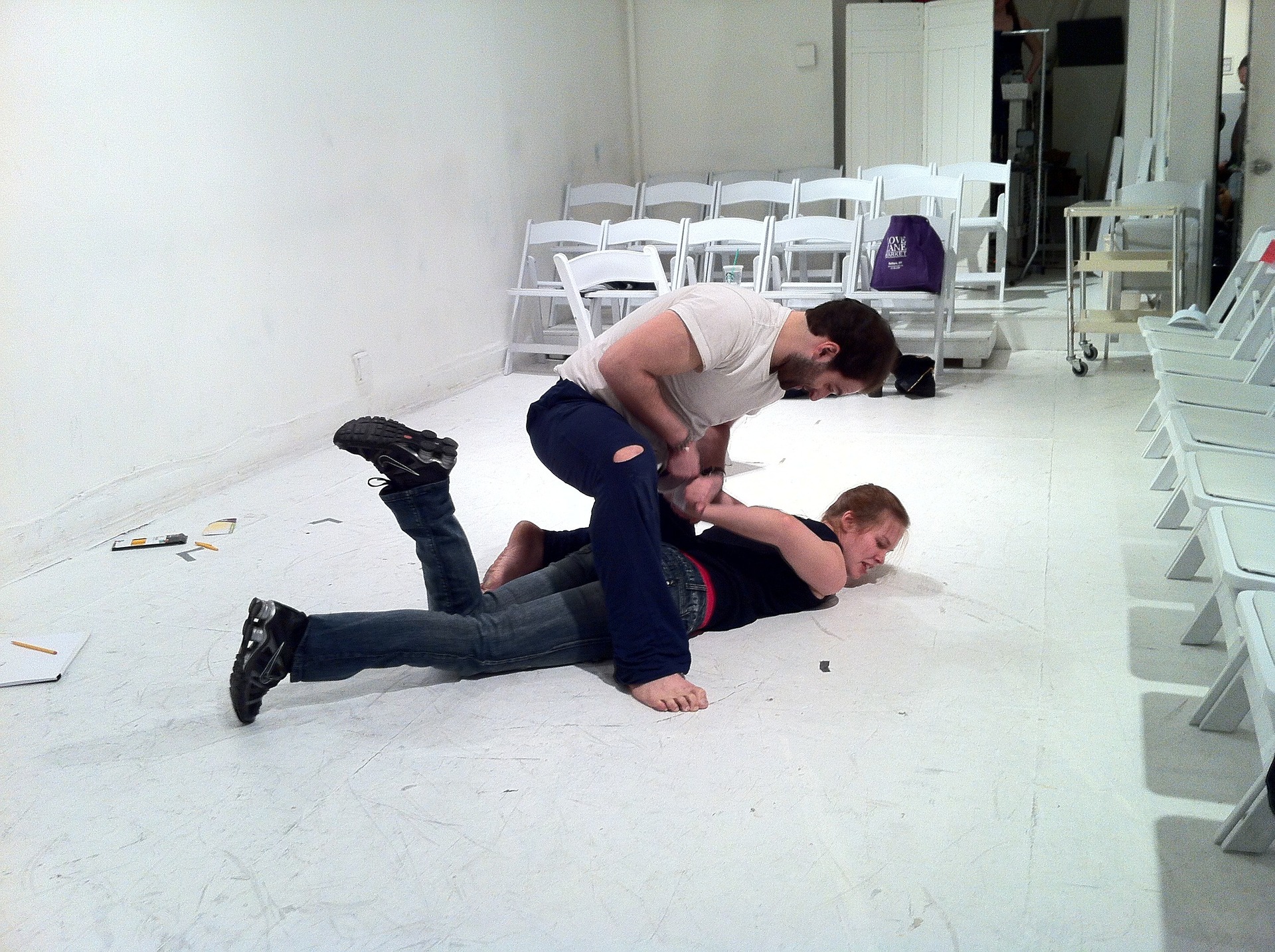The first time I practiced a complicated kata outside, I got lost. I forgot the sequence of the kata. I felt dumb. My instructor used to use that trick during tests. He would turn us around and start the kata. It made the kata difficult. Why? When we learn a sequence of moves, not only do we know when to move the left and right foot, but our minds also tag the room as visual anchors and cues. When the technique is outside the comfortable setting, it causes the brain to short circuit a bit. You lose your place.
The same thing can happen during a self-defense situation. All the repetitions of a technique aren’t available to you if the setting is different. You need to practice in a similar location as possible to help overcome this hiccup. Try these ideas to build similar condition stimuli for an actual fight.
1. Train in Different Environments and Locations
If you train in a dojo with mats and a pervasive aroma of stinky feet, you won’t be ready for the gritty streets and sidewalks. Train your self-defense techniques and routines in different places such as your house, parks, restaurants, parking structures, grocery stores, bars, or beaches. They each expose you to different footing, surroundings, and angles.
2. Train in the Stuff You Wear
If you train in a dojo with the universal karate gi, you won’t be ready for the taut range of new jeans. You probably won’t be barefoot either—practice in your typical outfits such as jeans and a shirt, dress, and jacket. Clothes bunch and bind in different areas, and you won’t have the same range of motion as sweats or a dojo gi. Consider working out in your regular shoes too. The grip of sneakers, work boots, and high heels are astonishingly different. I know I was able to do spin kicks with my duty boots. They gripped the ground, preventing any pivot.
3. Don’t Train Complicated Techniques.
In Kempo Karate, some of our techniques are rather elaborate and take years to perfect. Avoid working techniques that don’t fit the situation. Practice simple, gross-motor skill techniques that are easy to do, learn, and retain. Follow the 80/20 rule, where 20% of the techniques solve 80% of the situations.
4. Study Filipino Martial Arts (FMA)
FMA embraces the 80/20 rule. The style, popularly known as Arnis, distill attacks into zones or angles. The art exemplifies redundancy by teaching sticks, which substitute for a blade, staff, or empty hand. What you gain from this martial art is picking up anything and turning it into a weapon. The footwork and attacks remain the same. It’s a great way to learn practical self-defense with minimal fluff.
Use condition stimulus to enhance your training and trick your brain into being comfortable in various situations, environments, and clothing. You will free your mind and recall your training. You might get the idea that I think traditional training is a waste if you want real self-defense. It’s the opposite. Traditional training will provide you with the skills and techniques you apply in self-defense and can be enhanced by utilizing these training strategies. In short, you need to keep practicing to keep your material fresh and ready. Physical skills are perishable.
If you would like to learn more about self-defense or our Kempo Karate program in the San Diego area, check our website. Better yet, join our school today! It’ll make you awesome.



